Tens of millions of people around the world have chosen vaping as a smoking cessation tool, mainly because it provides far greater pleasure than other nicotine substitutes. Smokers are not only looking for nicotine but also for the enjoyment of smoking. If nicotine was the only thing they were looking for, smoking would have long since disappeared when nicotine gum was invented. The reason why vaping is so popular is that it perfectly fills the gap between smoking and traditional nicotine substitutes.
However, not everyone gets the expected enjoyment from vaping. Some people find that they experience a sore throat or cough after vaping, which is not only abnormal but can also greatly reduce the fun of vaping.
We want to help you avoid this. In this article, we will provide practical advice to help you diagnose the root of the problem. We will detail how to relieve a sore throat caused by vaping, explore the possible causes of coughing, and provide corresponding solutions to ensure that your vaping experience is both safe and enjoyable.
Your nicotine concentration may be too high
To ensure you get the best experience from your vape, it’s vital to choose the right nicotine concentration. If the nicotine concentration is too low, you may find your vape less satisfying than it actually is – but you can fix this by simply increasing your frequency of use or switching to a higher concentration of nicotine. However, if the nicotine concentration is too high, you may find it difficult to vape, as you may cough or experience a sore throat when trying to inhale the vapor. Does vaping irritate your throat more than traditional smoking? This is most likely because your nicotine concentration is too high. Understanding how to choose the right vape liquid nicotine concentration is essential to ensuring your vape experience is both enjoyable and comfortable.
| Cigarettes smoked per day | MTL nicotine strength mg/ml (%) | RDL/DL nicotine strength mg/ml (%) |
| 1-5 | 6mg/ml (0.6%) | 3mg/ml (0.3%) |
| 5-10 | 12mg/ml (1.2%) | 6mg/ml (0.6%) |
| 10-15 | 18mg/ml (1.8%) | We recommend MTL devices |
| 15+ | 20mg/ml (2%) | We recommend MTL devices |
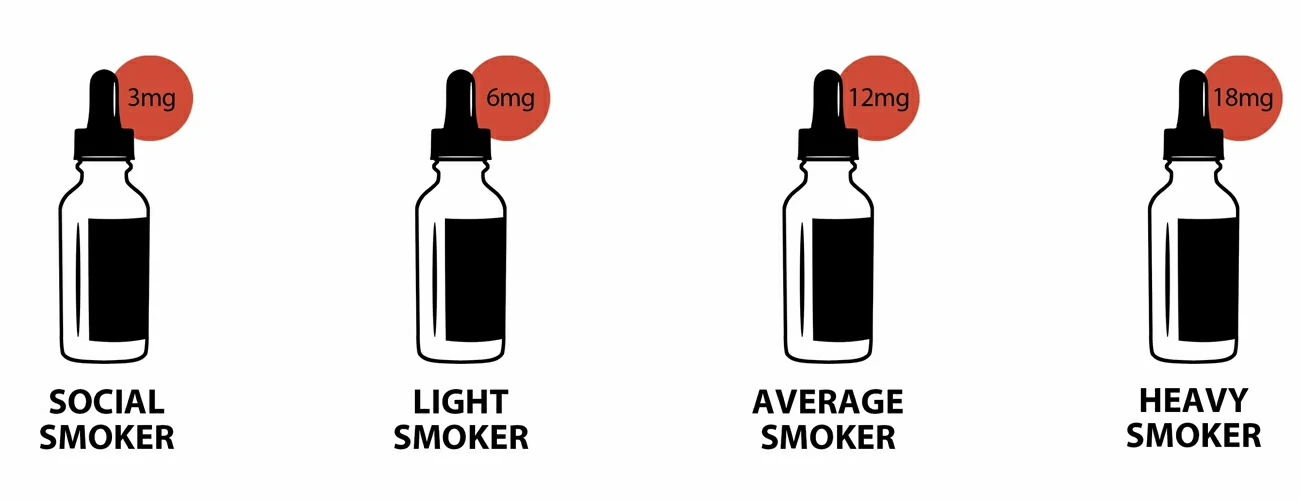
You’re using the wrong type of nicotine
E-liquid brands produce e-liquids that contain two types of nicotine: freebase nicotine and nicotine salts. In some regions, such as the United States and Canada, nicotine salts are primarily used in e-liquids with higher nicotine concentrations. E-liquids with lower concentrations usually use freebase nicotine. In the UK and Europe, however, high-strength e-liquids that contain both types of nicotine are common. If this is the case where you live, you’ll want to choose the type of nicotine that’s most pleasurable and satisfying. Some people find that high-strength freebase nicotine e-liquids cause a sore throat or cough. If this is the case for you, try using nicotine salts. Since it’s less alkaline than freebase nicotine, many people find that it tends to be smoother.
What is nicotine salt? Click the link to learn more about nicotine salt.
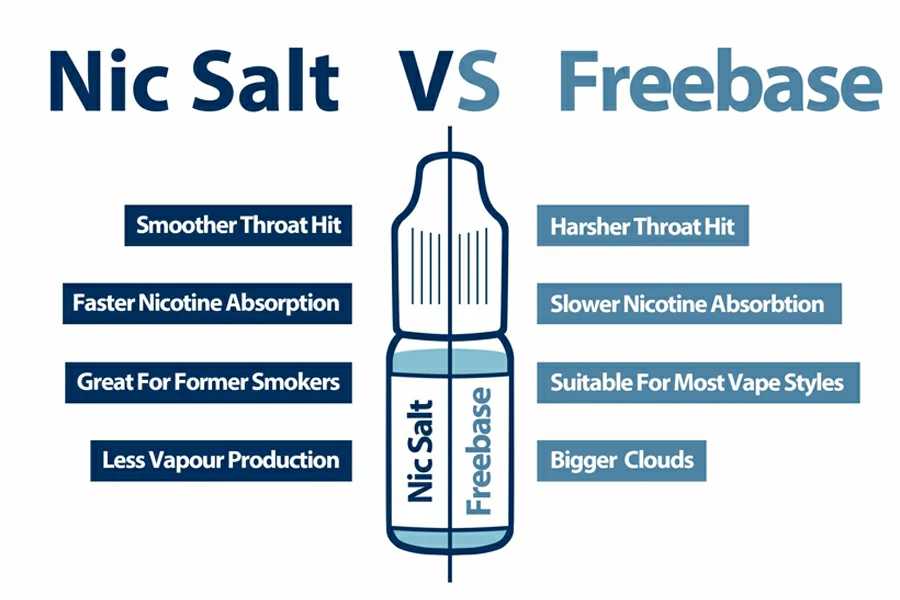
The VG/PG ratio in your e-liquid isn’t what you want
Vegetable glycerin (VG) and propylene glycol (PG) are two of the base ingredients used to make e-liquid. In a typical bottle of e-liquid, only about 10-15% of the contents are flavorings and nicotine. The rest is a mixture of VG and PG. VG and PG have different properties. For example, VG tends to produce larger vapor clouds, while PG is a better flavor carrier.
Since both VG and PG have desirable properties, e-liquids often contain a mixture of the two. However, PG does have one property that some people don’t like: it tends to produce a slight tingling sensation in the throat. Some people interpret this sensation as a satisfying throat hit. Others interpret it as a sore throat. If you fall into the second category, you should consider trying e-liquids with a higher percentage of VG. It’s even possible to find e-liquids that don’t contain PG at all.
Click to learn more: VECEE Takes You to Understand PG and VG in E-liquid
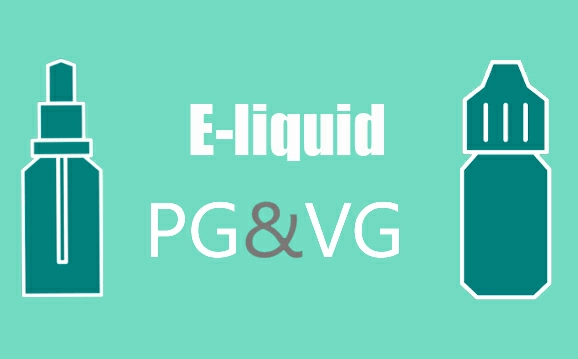
A vape-induced cough may be a side effect of quitting smoking
Many new vapers resolve to quit smoking once they buy their first vape device. However, it is common for long-time smokers to experience an increased cough in the early stages of quitting. Even those who switch directly from smoking to vaping often experience this. The reason for an increased cough is that when you are no longer filling your lungs with smoke, the cilia in your lungs become more active. Your lungs immediately start working to clear the tar, which causes you to cough.
So the “vape cough” you experience in the early stages of quitting smoking may actually have nothing to do with vaping at all. If you are concerned that your cough may be a sign of a more serious problem, you should consult your doctor. Otherwise, you most likely have nothing to worry about. The cough should subside on its own after a few days.
You may not be using the ideal vape inhalation style
When buying your first vape kit, it is crucial to understand whether the vape device is designed for Mouth to Lung (MTL) or Direct to Lung (DTL). When looking at devices manufactured by Innokin, you will notice that the product descriptions always explain the intended inhalation style, ensuring that the device you purchase is exactly right for you.
However, if you purchase your first vape device without confirming its intended inhalation style, you may find that vaping causes you to cough because the device’s airflow characteristics are not suitable for your inhalation preference. The best solution is to purchase a vape device designed for your desired inhalation style. Before doing so, you can also try adjusting the airflow of your current device to make it tighter or looser to find a setting that works better for you.
Click here to learn more: Mouth to Lung (MTL) or Direct to Lung (DTL)?
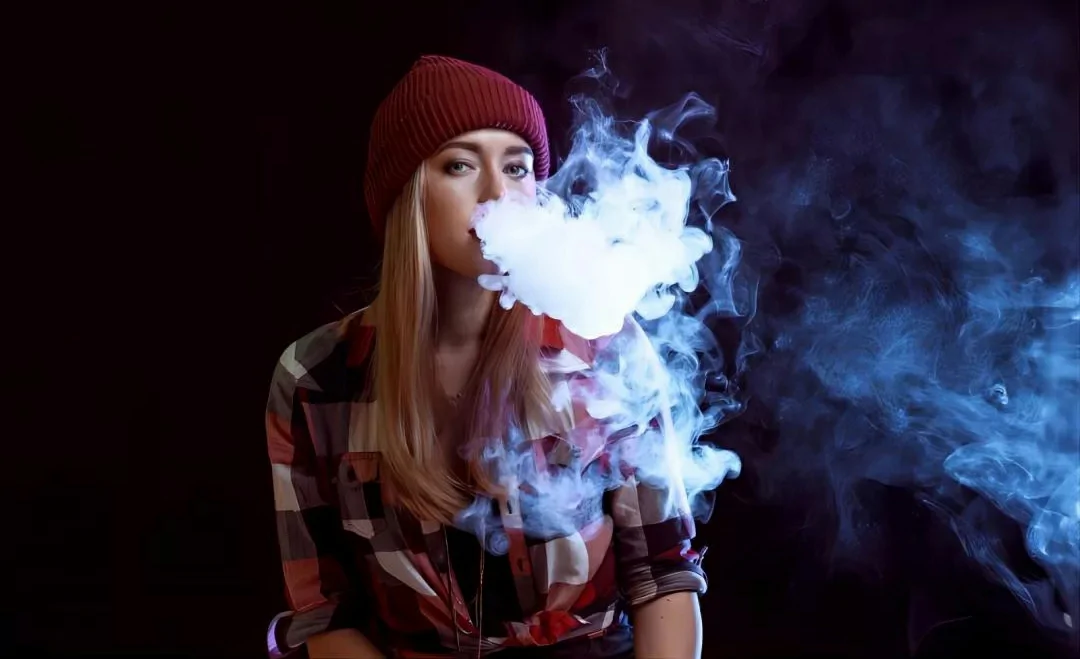
You may not be drinking enough water while vaping
One property that vegetable glycerin (VG) and propylene glycol (PG) have in common is that they are both humectants, able to attract and lock in moisture. Due to this property of VG and PG, some people have found that vaping can lead to dehydration. Dehydration naturally leads to a sore throat, and if you experience other symptoms of dehydration while vaping, such as dry mouth or chapped lips, it’s likely because you’re not drinking enough fluids. Fortunately, the solution to this problem is simple: make sure to drink plenty of water while you vape.
You may be allergic or sensitive to propylene glycol
While uncommon, some people are allergic or sensitive to propylene glycol (PG). PG is one of the main ingredients in vape liquids, and if you are allergic or sensitive to it, you may experience a cough or sore throat when you vape.
People who are allergic to PG may also experience local symptoms such as redness and itching when they come into contact with PG. If you experience these symptoms after vaping, especially around the mouth, it may be a sign to change your e-liquid.
Thankfully, PG allergies are uncommon. PG is widely used in everyday consumer products such as deodorants, hair products, makeup, food and beverages, eye drops, and more. Due to the ubiquity of PG, you may already know if you are allergic to it.
If you suspect you may be allergic or sensitive to PG, consider switching to pure vegetable glycerin (VG)-based e-liquids, which do not contain PG. When shopping for VG-based e-liquids, look for the difference between “Max VG” and “100% VG.” Max VG products, while high in VG, may still contain a small amount of PG to ensure compatibility with small devices or because of the use of PG-based flavorings. If you wish to avoid PG completely, choose an e-liquid that says “100% VG” on the label.
You may be using an old coil or pod
It’s important to remember that how you vape isn’t the only factor that can cause a cough or sore throat; the condition of your device is just as important. Every vape coil has a limited lifespan, and the coil will eventually burn out and must be replaced.
• The lifespan of a vape coil depends in part on how you vape, as well as the type of e-liquid you use. Here are three factors that can extend or shorten the life of a coil:
• How much e-liquid do you use? Pod systems don’t use as much e-liquid as vape mods, so their coils tend to last longer.
• What type of vape liquid you use? Sweetened e-liquids contain sucralose, which can create a residue that coats the heating surface of the coil and creates a burnt taste.
The power you vape. If you vape at very high power, your coil will burn out faster.
On average, a vape coil can last a few days before it needs to be replaced. But if you’re using a high-powered vape mod and using very sweet e-liquid, you may start to taste the burnt taste sooner. A badly burned vape coil can cause throat irritation, so replace your coil or pod as soon as the taste starts to get bad.

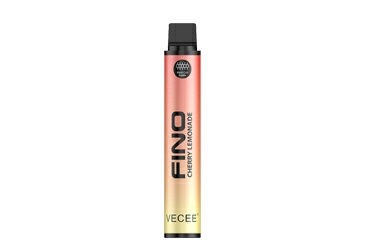
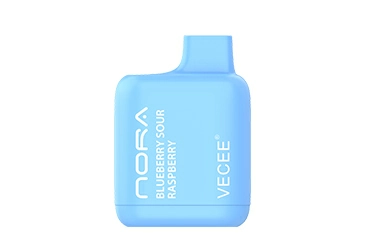




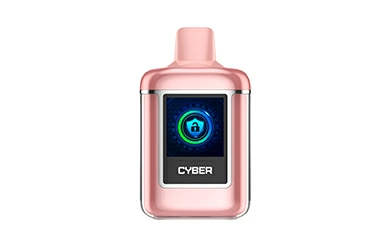




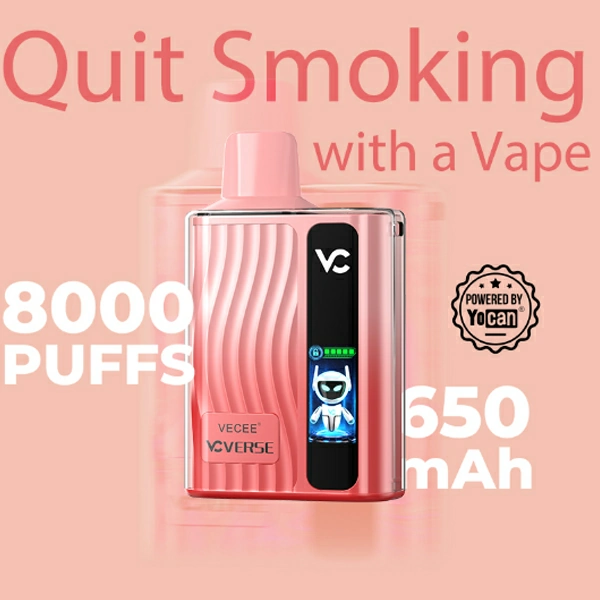
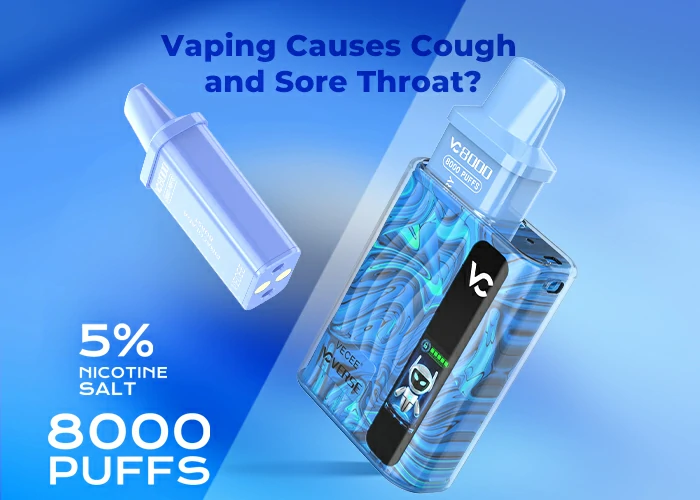
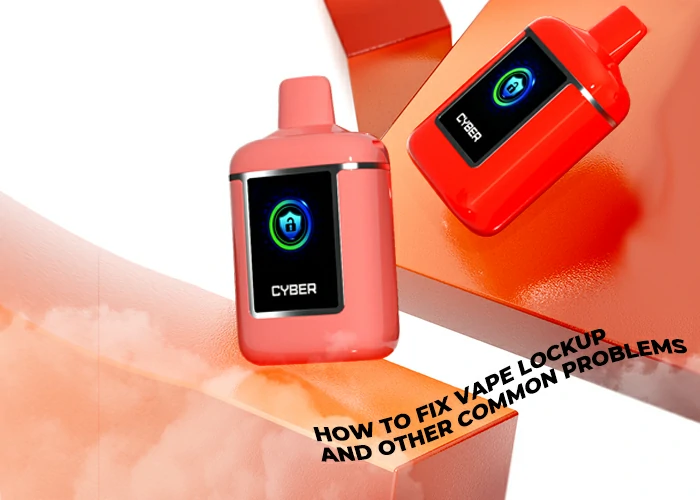



0 comentarios